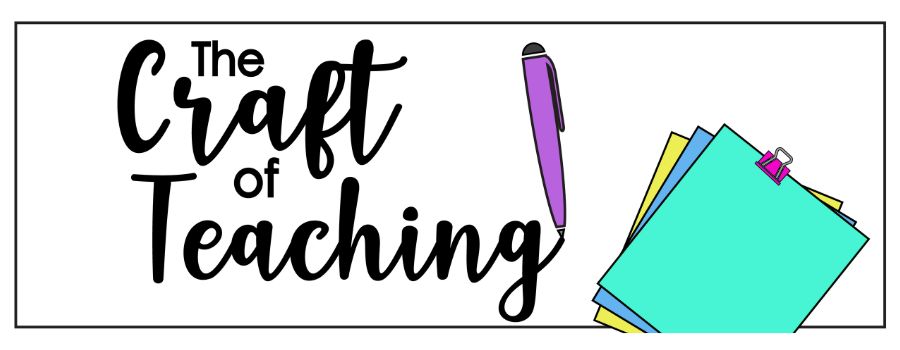Hello all!! This will be the second post in a short series about MATH! Hooray! (If you aren’t as excited as me, just play along!)
Last week, we started talking about the 3 key shifts required by the Common Core State Standards.
The first shift was all about the focus and you can read about it {here}.
Today’s post is all about shift #2: COHERENCE.
Has this ever happened to you?
It’s halfway through the school year. You’ve already taught a great unit on addition of whole numbers and your class did pretty well. You feel great about their understanding and now it’s time to start on your unit about adding fractions. When you start teaching your lesson, the confused look on your students’ faces tell you that they have no idea what you are talking about.

Even though it’s frustrating, this feeling isn’t new, right? Every time you start to teach a mathematical idea, your students treat it like it’s the very first time, even if they’ve been taught it before. As the teacher, you know there are connections to what’s been previously taught, but most students act like every day is completely brand new and relates to absolutely nothing they’ve ever seen before. (I’m not blaming the students or the teacher here! It’s just something that happens!)
This is where coherence becomes your new best friend! Coherence is the intentional linking of topics and thinking across and within grade levels. It’s overcoming the idea that mathematics is a set of disconnected procedures and rules, and helping students see how mathematical ideas are interconnected. Coherence allows students to see that each standard is “not a new event, but an extension of previous learning.”
Some very smart people created learning progressions to help design the CCSS for mathematics in a coherent way.
For example:
In third grade, students are introduced to interpreting products of multiplication by thinking about equal groups of a certain number. i.e. 4 X 5 is the same as 4 groups of 5 objects each. (This is 3.OA.A.1, in case you were wondering!)
Fast forward to fourth grade, and students can use what they learned about equal groups in multiplication to help them start to think about how to multiply fractions with a whole number. This foundational understanding about equal groups of whole numbers can apply to “groups” of a fraction. i.e. 3 X (1/6) is the same as 3 groups of 1/6. (This is 4.NF.B.4.A!)
 |
| Click the picture to buy the great basketball clipart from Zip-A-Dee-Doo-Dah Designs! |
I LOVE that the same representation covers this type of problem with whole numbers and fractions AND it’s easy for kids to transfer that underlying concept from one year to the next. I think this is especially true if we put the problem into a context (read: word problem) but that is a post for another day!
This is just one example of how coherence appears in the CCSS for mathematics. We could even extend this example to show how this concept supports fifth graders when they begin to learn about multiplying two fractions.
Remember those confused faces from before? With a combination of focus and coherence students can start to see mathematics as a set of interconnected concepts and ideas, instead of a bunch of disconnected topics and tricks. Lessons are extensions of their learning from previous grades and earlier in the year, and hopefully the look of “I’ve never seen this before” will be a thing of the past. 🙂
I’ve linked up with April from Grade School Giggles for
Want to learn more? Check out the resources below for more information.
Achieve the Core: VIDEO – The Importance of Coherence in Mathematics
Achieve the Core: Shifts in Mathematics – At this link, you can find information about the major work of each grade level, and general information about the Shifts.
Core Standards website: Key Shifts in Mathematics – You can read more about all 3 Shifts here.
Are you working towards having a Common Core aligned math classroom? I would love to hear about your experiences with the 3 shifts in the comments or through email!









Great post. Thanks for linking up. You're right. It is so important to connect new learning to prior knowledge.